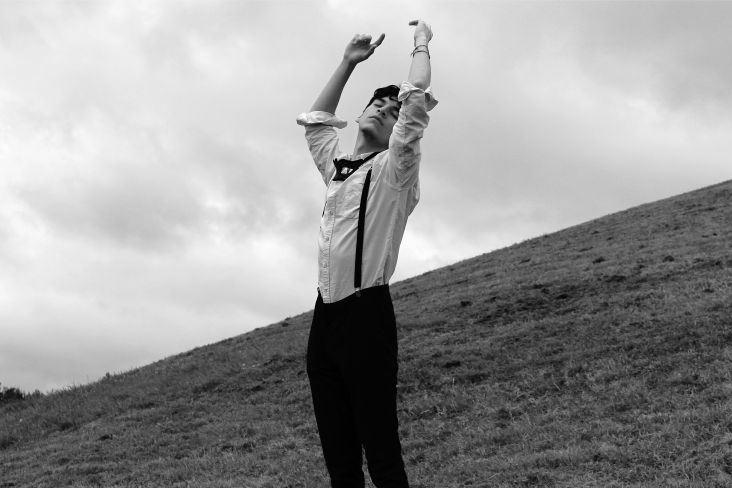Impressionists in London, French Artists in Exile: A landmark show at Tate Britain
This autumn, Tate Britain will bring together over 100 beautiful works by Monet, Tissot, Pissarro and others in the first large-scale exhibition to chart the stories of French artists who sought refuge in Britain during the Franco-Prussian War (1870-1871).
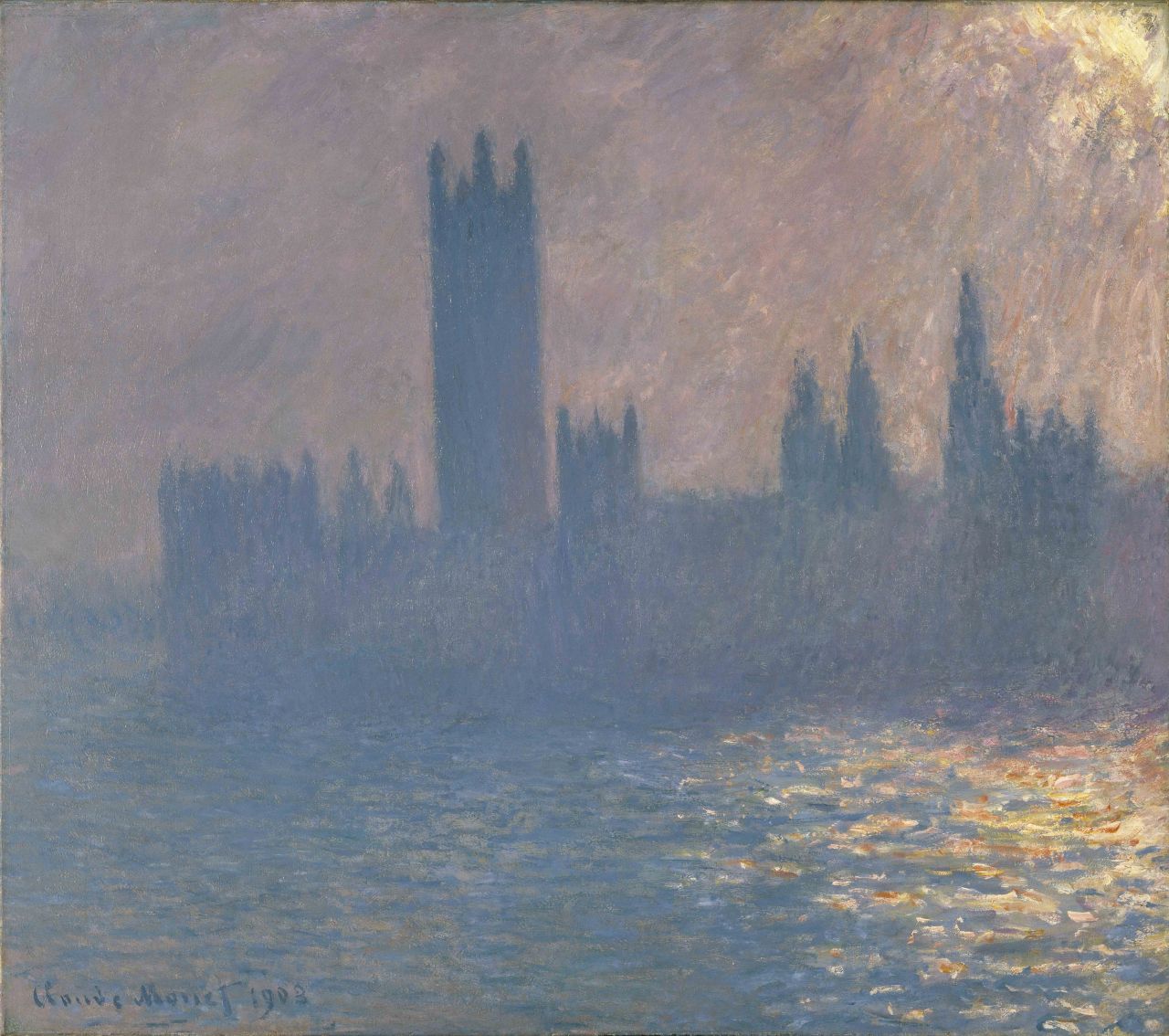
Houses of Parliament, sunlight effect Claude Monet (1840-1926) Houses of Parliament, Sunlight Effect 1903 Oil paint on canvas 813 x 921 mm Brooklyn Museum of Art, New York
The EY Exhibition: Impressionists in London, French Artists in Exile (1870-1904) will map the artistic networks they built in Britain and consider the aesthetic impact London had on the artists’ work. It will look at French painters’ keen observations of British culture and social life, which were notably different to the café culture found in Paris.
Evocative depictions of figures enjoying London parks such as Pissarro’s Kew Green 1892 will be shown, which were in stark contrast to formal French gardens where walking on the grass was prohibited. Scenes of regattas as painted by Alfred Sisley and James Tissot in The Ball on Shipboard c.1874 will also be on display, demonstrating how British social codes and traditions captured the imagination of the Impressionists at the time.
While in London, French artists gravitated towards notable figures who would help them develop their careers and provide them with financial support. The exhibition will look at the mentorship Monet received from Charles-François Daubigny and consider the significant role of opera singer and art patron Jean-Baptiste Faure – works that he owned including Sisley’s Molesey Weir, Hampton Court, Morning 1874 will be displayed.
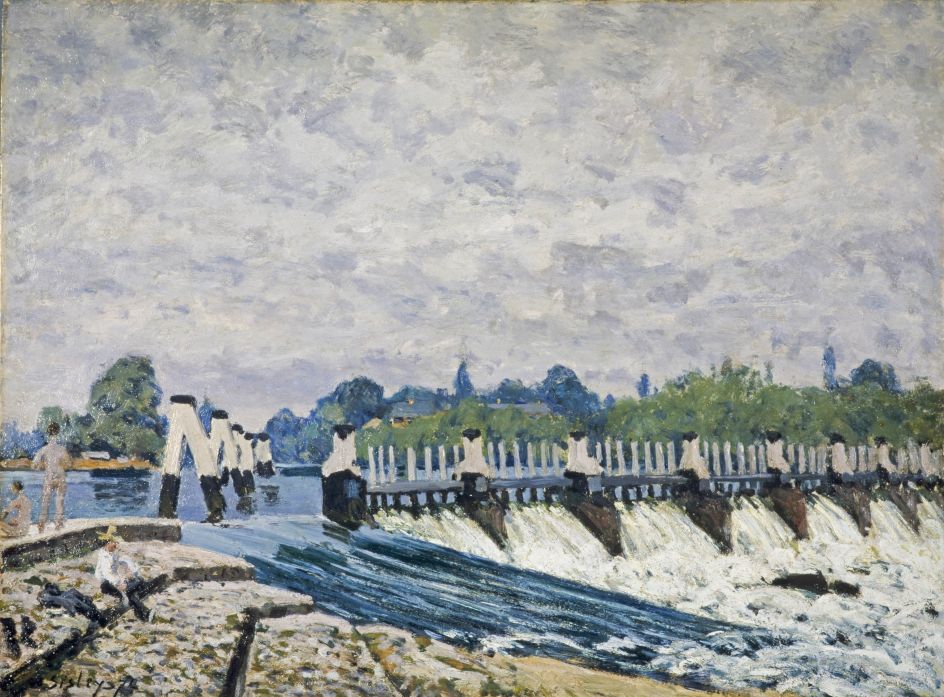
Claude Monet (1840 - 1926) Charing Cross Bridge 1899 - 1902 Oil paint on canvas 650 x 1000 mm Private collection
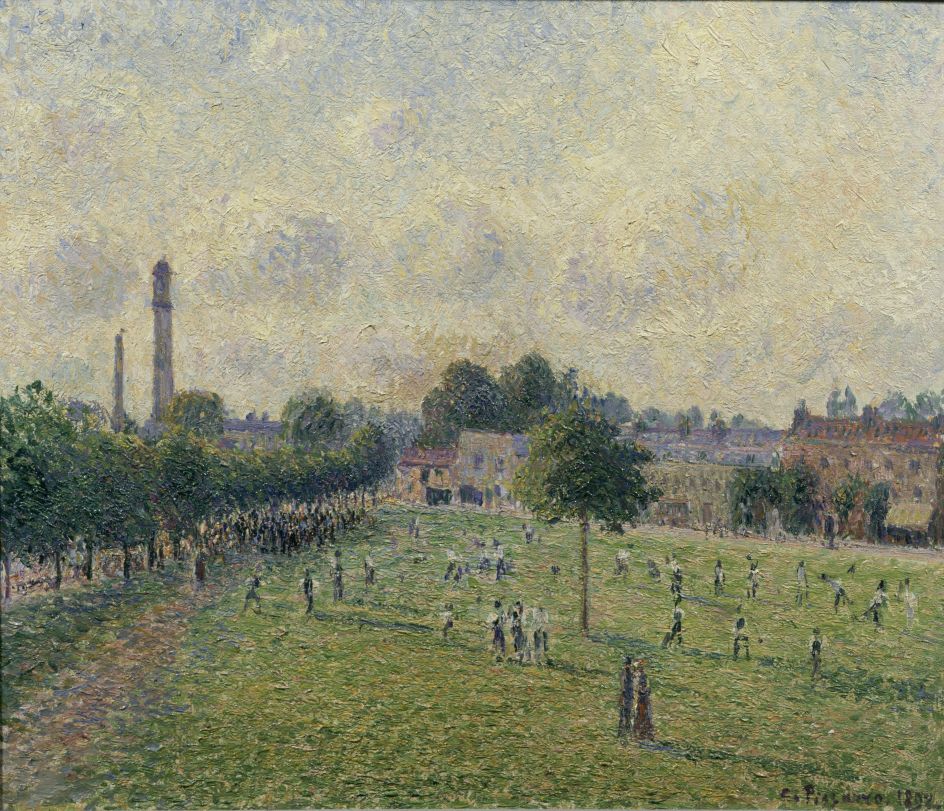
Camille Pissarro (1830 – 1903) Kew Green 1892 Oil paint on canvas 460 x 550 mm Musee d’Orsay (Paris, France)
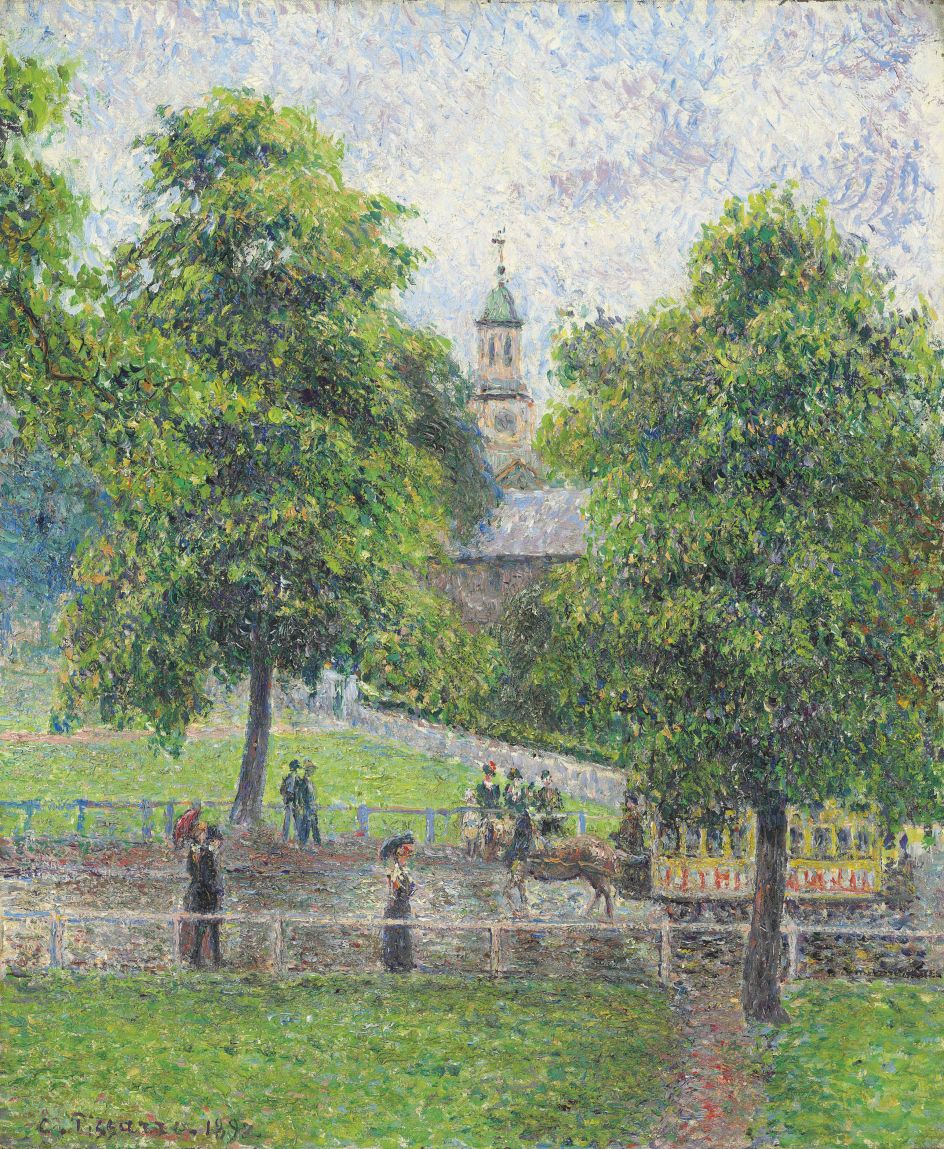
Camille Pissarro (1830 – 1903) Saint Anne’s Church at Kew, London 1892 Oil paint on canvas 548 x 460 mm Private collection
However, one of the most influential figures to be celebrated will be art dealer Paul Durand-Ruel, who first met Monet and Pissarro in London during their respective exile in 1870-71. Durand-Ruel purchased over 5,000 Impressionist works over his lifetime, which in Monet’s own words, saved them from starving.
Part of the exhibition will examine the central role of Alphonse Legros in French émigré networks. As Professor of Fine Art at the Slade School in London from 1876 – 1893, he made a dynamic impact on British art education both as a painter and etcher, and exerted a decisive influence on the representation of peasant life as can be seen in The Tinker 1874. He introduced his patrons Constantine Alexander Ionides and George Howard, 9th Earl of Carlisle, to sculptor Aimé-Jules Dalou who then, together with fellow sculptor and émigré Edouard Lantéri, shaped British institutions by changing the way modelling was taught. Jean-Baptiste Carpeaux’s sojourns in London, which he initially planned in order to stay close to his great patron, the exiled Emperor Napoleon III, will also be examined.
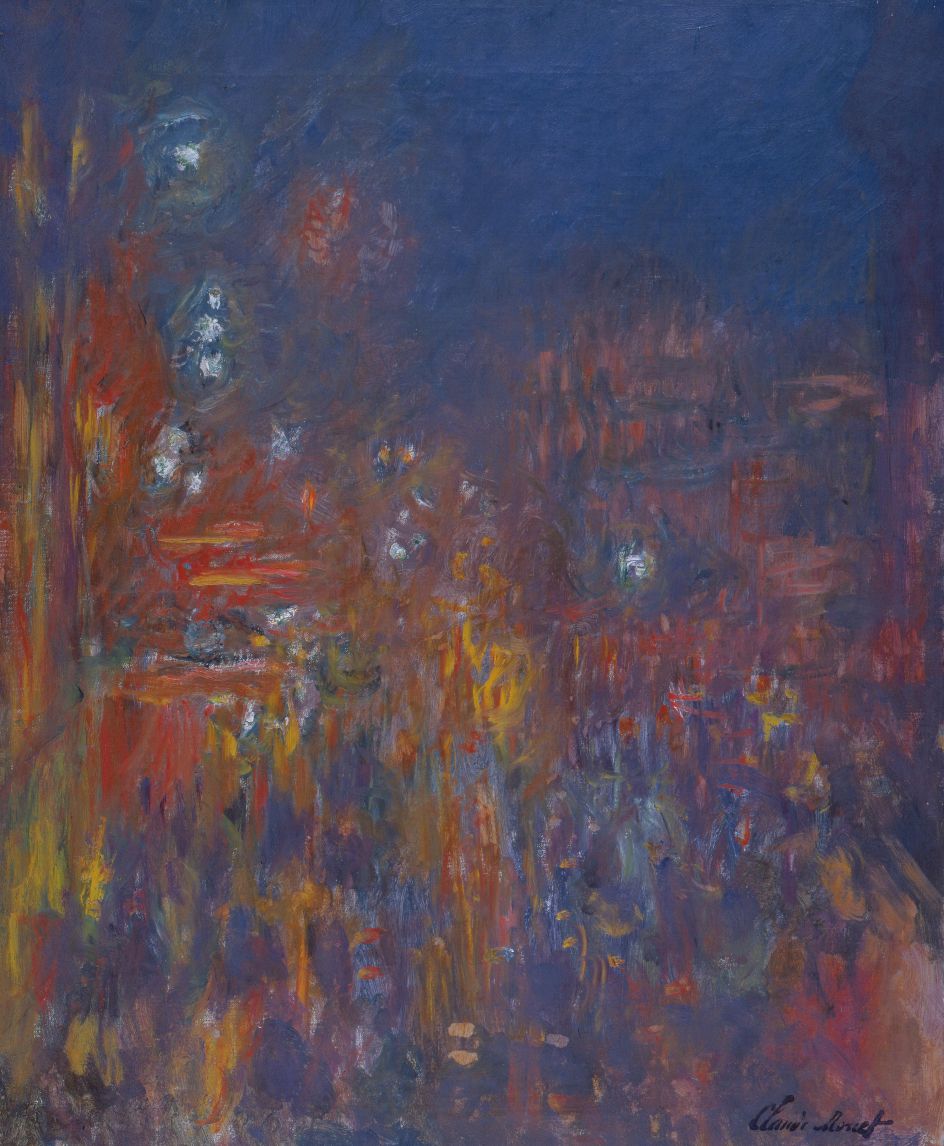
Claude Monet (1840 – 1926) Leicester Square 1901 Oil paint on canvas 805 x 648 mm Coll. Fondation Jean et Suzanne Planque (in deposit at Musée Granet, Aix-en-Provence) Photo: © Luc Chessex
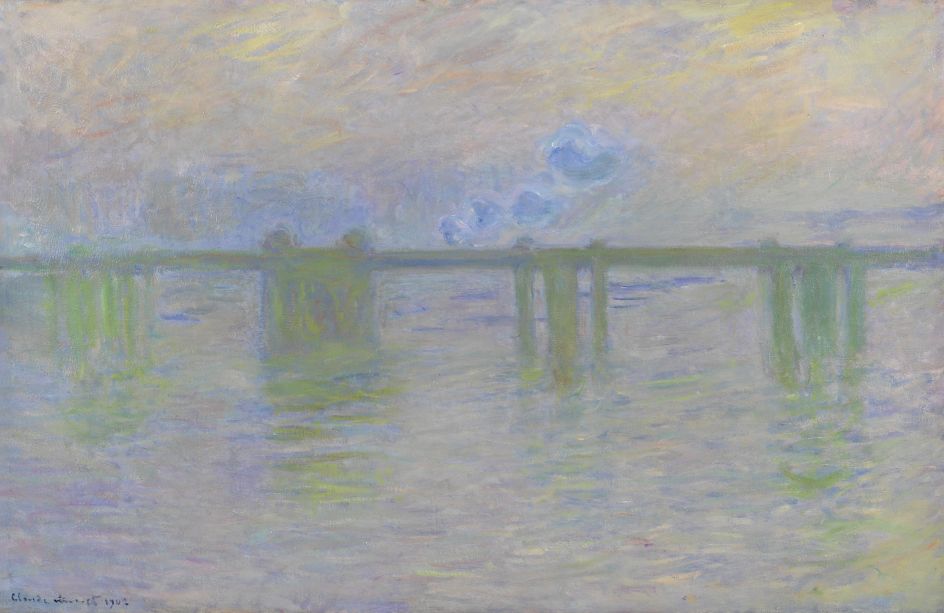
Alfred Sisley (1839 - 1899) Molesey Weir, Hampton Court, Morning 1874 Oil paint on canvas 511 x 688 mm National Galleries of Scotland (Edinburgh UK)
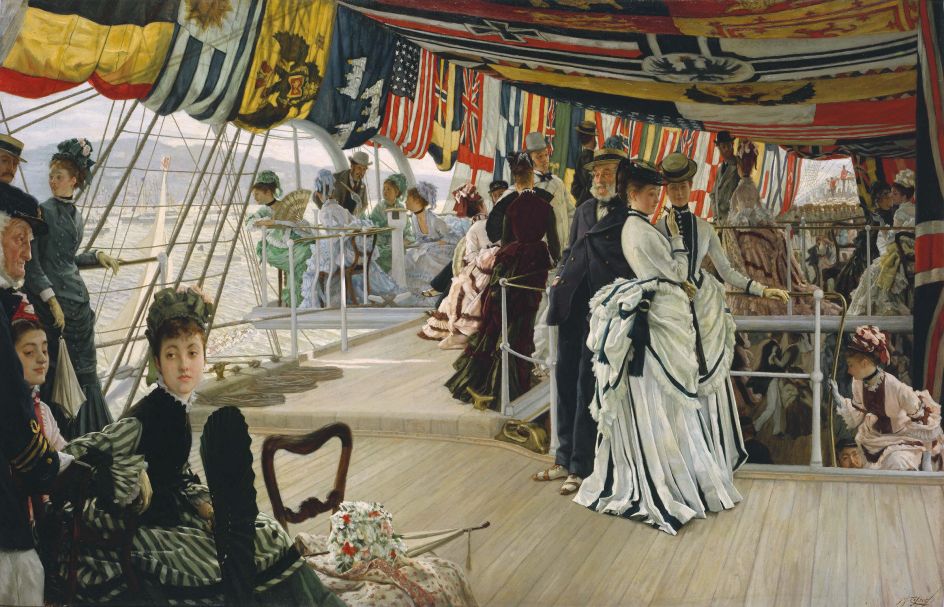
James Tissot (1836-1902) The Ball on Shipboard c.1874 Oil paint on canvas 1012 x 1476 x 115 mm Tate. Presented by the Trustees of the Chantrey Bequest 1937
The final and largest section of the exhibition will be dedicated to representations of the Thames. Featuring a group of Monet’s Houses of Parliament series, this room will examine how depictions of the Thames and London developed into a key theme in French art.
The EY Exhibition: Impressionists in London, French Artists in Exile (1870-1904) will run from 2 November 2017 until 29 April 2018 at Tate Britain.
Main image: Houses of Parliament, sunlight effect Claude Monet (1840-1926) Houses of Parliament, Sunlight Effect 1903 Oil paint on canvas 813 x 921 mm Brooklyn Museum of Art, New York







](https://www.creativeboom.com/upload/articles/86/862919952c0ad18439004228895a431dc6e45ffc_732.jpg)









